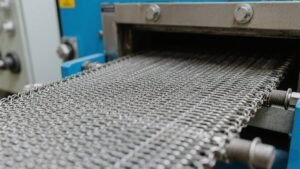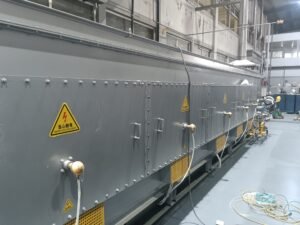Powder Metallurgy (PM) is widely adopted across multiple industries due to its ability to produce complex, precise, and cost-effective components with minimal material waste. It is particularly suited for high-volume production and materials that are difficult to machine.
🚗 Automotive Industry
The automotive sector is the largest consumer of PM components.
Applications include:
Transmission parts: gears, sprockets, synchronizer hubs
Engine components: valve guides, camshaft caps
Chassis & suspension: bushings, bearings, spacers
Fuel system parts: filters, structural components
✈️ Aerospace Industry
PM plays a critical role in manufacturing lightweight, high-performance parts for aircraft and space systems.
Applications include:
High-temperature-resistant turbine parts
Magnetic components
Complex lightweight alloys (e.g., titanium-based)
🏥 Medical Industry
PM is used to produce high-precision, biocompatible components.
Dental implants and crowns
Surgical instruments and orthopedic implants
Porous bone scaffolds (using controlled porosity)
⚙️ Industrial Machinery and Tools
PM is ideal for wear-resistant and precision tools used in manufacturing and engineering.
Common parts:
Cutting tools and inserts
Bushings, bearings, and rollers
Structural supports and fasteners
Hydraulic components
🧲 Electrical and Magnetic Applications
PM enables the production of specialized materials for electrical performance.
Examples:
Soft magnetic cores for motors and transformers
Brushes for electric motors
EMI shielding components
Contact points and sensors
Powder Metallurgy is a key technology across industries due to its:
Cost-effectiveness
High material utilization
Ability to produce high-performance, complex, and custom parts
It plays an increasingly vital role in automotive, aerospace, medical, industrial tools, and energy systems, making it a future-facing manufacturing method.




